Talking About Classical Music Mixes: A Beginner’s Guide
Nothing will ever beat classical music. A lot of people who are fond of music must be into classical music mixes as well. As it started in the Baroque period, in the 17th and early 18th centuries, classical music had a long patch. It lasted from the year 1750 to 1820. If you are into less complex materials or thinner textures, or you wanted to try something where homophonic harmony is predominant, classical music must be for you.
Most people especially those that are into classical music describe it as conventional and authoritative. It has even set a standard that a lot of music composers still follow up on these days. It is true that when we talk about classical music, we are referring to contrast and diversity. If you want to figure out ideas about classical music and other things that are necessary to know about classical music, you have to finish this article by the very end.
Article Content Part 1. What Are the Characteristics of Classical Music?Part 2. What Are the Period of Classical Music?Part 3. Is There A Way to Access Classical Music Remixes Conveniently?Part 4. To Summarize It All
Part 1. What Are the Characteristics of Classical Music?
In order to get to know classical music mixes better, we have to familiarize ourselves with their characteristics. We have listed these characteristics so you can use them as your references in case you wanted to learn more about it.
Accessibility
One of the most notable characteristics of Classical Music is its accessibility. Before, public concert halls were built to have wide audiences see and hear all the classical music performances. A lot of concerts where classical music mixes were featured have become popular across Europe back in the Baroque period. It has become the love of many people because of its less complex structures. Well, these days, it is simpler to access classical music unlike before when it is mostly open to wealthy patrons.
Simplicity
Another characteristic of classical music remixes is simplicity. Well, this type of music is less complicated. The use of basic melodies and big ensembles sustained this type of music. The said arrangement of music made it easier for musicians to read and express resulting in a more pleasant and softer type of music.
Contrasting Moods
Another one that we have here from the list of characteristics of classical music mixes is its contrasting moods. Well, the mood of a classical piece can shift from moderately intense to dramatic. This reflects melancholy and euphoria which is in contrast with one another.
Part 2. What Are the Period of Classical Music?
Now that we have some ideas of a few characteristics of classical music remixes, now let us get to know the four periods of classical music.
Baroque Period
The Baroque period existed between the years 1600 to 1750. It is considered the beginning of classical music. During this time, music developed from Renaissance music to the tonal types that we enjoy these days. It has a polyphonic texture and multiple melodic lines that are in different voices. There is also a unity in mood as well as continuity of rhythm.

Classical Period
This period of classical music happened between the years 1750 to 1830. The type of classical music here started with a single melody with the use of accompaniments. This period created a piece of music wherein there is less texture but the melody was more defined and clear. In this type of classical music mixes you can see a larger variety of melodies, keys, dynamics, and rhythms.
There is also a more contrasting piece in this type of music and it is also shorter, wherein clearer melodies of classical music are seen as compared to the Baroque type of classical music. Also, there is more emphasis on instrumental music in this type of period of classical music. It is also in this period that the primary forms of composition emerged such as a symphony, sonata, string quartet, trio, and concerto.
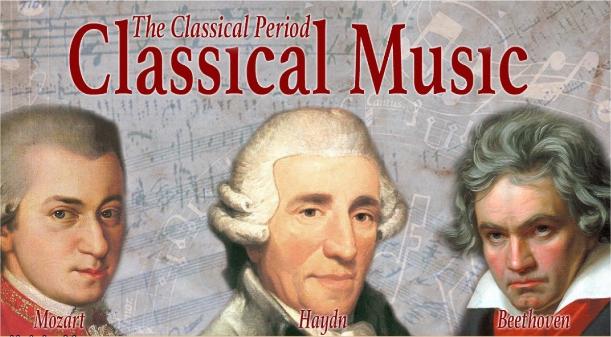
Romantic Period
The next period we have is the Romantic period which occurred in years from 1830 to 1920. This type of music talks about more passion and expression if we are going to compare it to the previous periods of classical music. This one is a freer form. Also, this is where emphasis on themes and lyrical melodies has occurred. In addition to standby forms like the sonata and the symphony, Romantic composers wrote in new musical forms including the rhapsody, the nocturne, the concert etude, the polonaise, the mazurka, the overture, and program music.
There are also fewer traditional chord progressions in this period of classical music. You will also notice the great emphasis on nationalism because a lot of composers created cultural dances and music.
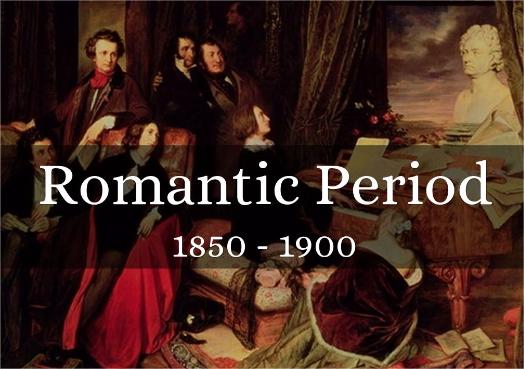
Contemporary Period
This period started in the year 1920 and is the one we still have at present. This period of classical music was divided into two periods such as the 20th-century and the 21st-century ones. The 20th contemporary classical music has no dominant style and varies greatly as well. Also, during this period, it can be noticed that there is an increase in the form of dissonance. Whilst the 21st contemporary classical music has a huge variety of styles on it, as well as a lot of influences, you can also observe experimentalism and minimalism. There is also a huge presence of technology in this period, and composers have written mostly for film scores.
Part 3. Is There A Way to Access Classical Music Remixes Conveniently?
Classical music is making its way even before online music streaming sites have been popular in use. These days, it would be easier to access these types of music with the help of technology. You just have to remember that you have to be prepared in doing anything so that you can enjoy the music that you have always wanted to listen to.
One of the most famous online music platforms where you can listen to classical music mixes is Spotify. It has been one of the top choices of music lovers because of its very distinct features which are perfect for music lovers who by all means will listen to songs they love.
However, in order to access music tracks on Spotify you have to avail of a plan, it offers a free plan, but you will also need to have a stable internet connection to fully enjoy it, and there will be in-between ads as well. The platform offers different plans with different prices as well. If you wanted to download music files for offline listening you should be subscribed to the premium version of the platform, otherwise, you need to have the internet to listen to songs. And once the premium subscription has ended you do not get to keep all the downloaded files, they will also be gone in case you do not have any plans of renewing your plan.
But we have ways to make you smile, and ways to help you enjoy a more convenient way to download your music files and keep them with you for as long as you want. There is a tool called the TunesFun Spotify Music Converter, which can do amazing things for you to easily get a hold of classical music and other genres of music as well.
Here are the features of the TunesFun Spotify Music Converter, let us read them closely to see how amazing this tool can be.
- The TunesFun Spotify Music Converter can convert your music files at a fast conversion rate helping you save time.
- You can convert your songs to other file formats like FLAC, MP3, AAC, and WAV. With this, you’ll be able to play music freely. You can now play them with different kinds of media players such as MP3 players, iTunes, and Windows Media Player. You will also be able to make your own ringtone with these songs.
- Delete the DRM encryption of any music file you have with the help of TunesFun Spotify Music Converter, it is a better way to access your music files without having issues in compatibility.
- Even though the process of conversion is fast, no quality of files will be compromised.
- The system and interface of TunesFun Spotify Music Converter are easy to understand and would be so helpful even for beginners using the app or in the process of conversion as well.
Let us see the steps on how to use the TunesFun Spotify Music Converter below.
Step 1. The TunesFun Spotify Music Converter must be downloaded on your computer. Start installing the tool once it is downloaded, and then begin importing all your music files for conversion. You can tap Add Files, drag and drop the files, or copy their URLs as well.
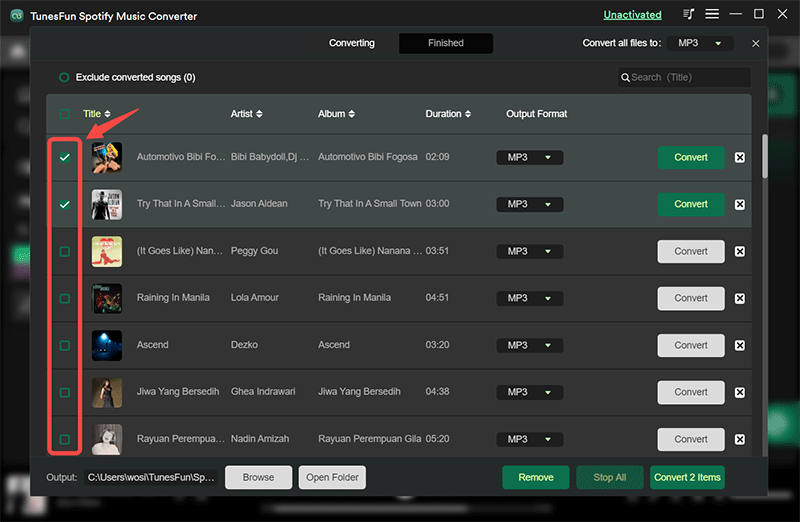
Step 2. Choose the format of the music files that you wanted to have from the tool’s wide selection of formats. Also, you have to create a folder to save all the converted files.
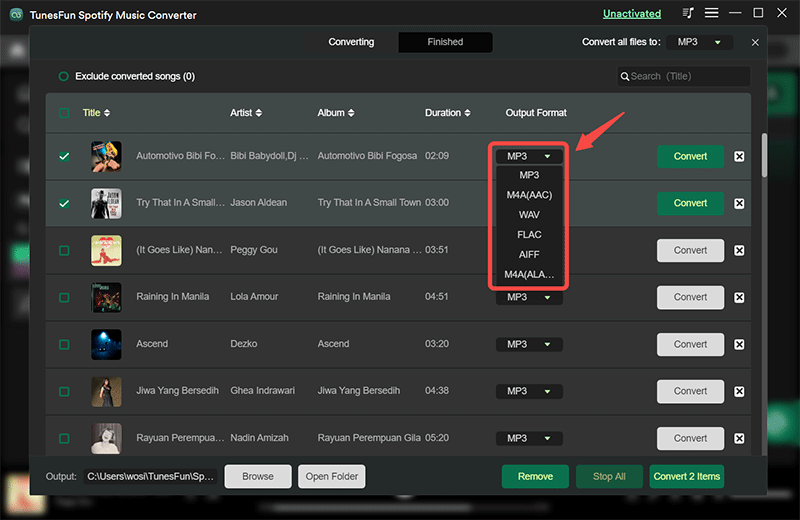
Step 3. Go and tap the Convert button to have all your chosen files converted in a fast manner. After a few minutes, you get to listen to songs you love like classical music anywhere you are, or whenever you want as well.
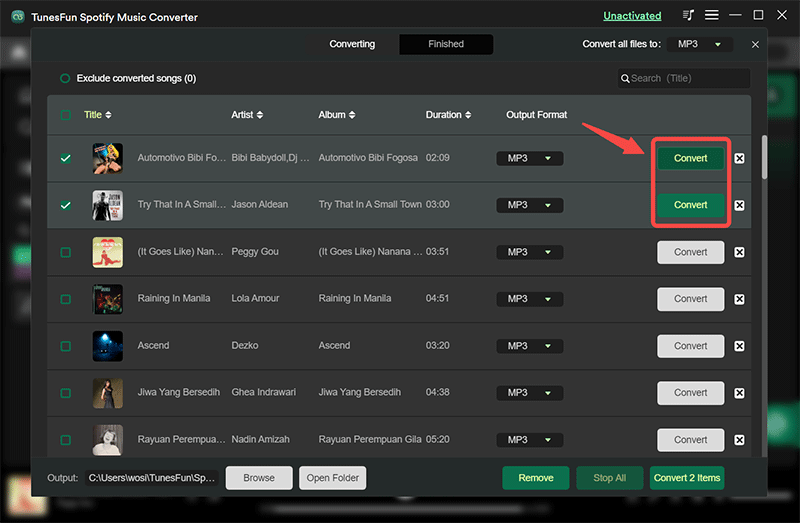
If you can just play your Spotify favorites offline without limitations, you don't need to download the Spotify app. So that you won't get annoyed when encountering Spotify issues like the Spotify app logging you out suddenly, Spotify local files not showing or Spotify playing random songs. Indeed, using apps like the TunesFun Spotify Music Converter is the best solution!
Part 4. To Summarize It All
Classical music has come a long way. It is good to know that there are still a lot of people who have the heart to enjoy classical music mixes these days. Well, with the vast improvement of technology, it has even become better, and accessibility has never been this easy. And in order to prove it, the TunesFun Spotify Music Converter is a must-try!

Leave a comment